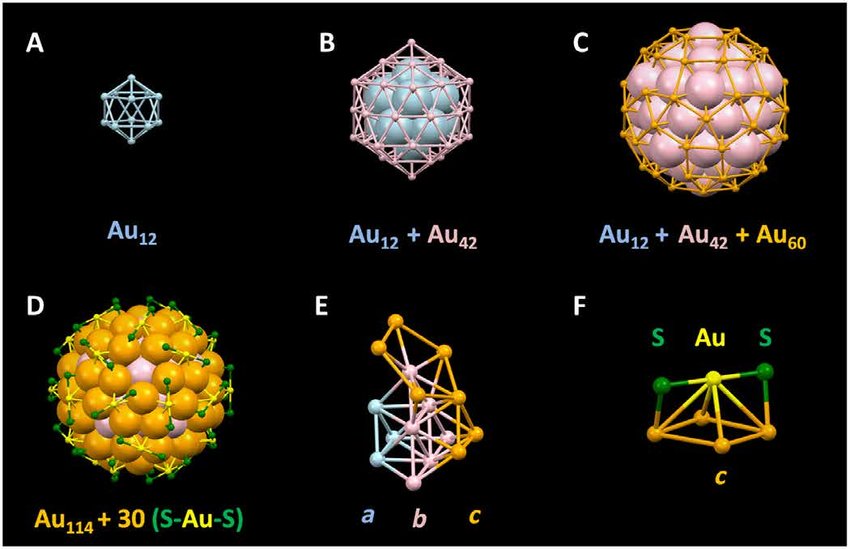Ph.D. in Atomic Science: Introduction, Admission, Registration, Eligibility, Duration, Fees, Syllabus 2024

Introduction:
A Ph.D. in Atomic Physics is an advanced academic degree that focuses on the study of atoms, their properties, interactions, and applications. This program delves deeply into quantum mechanics, atomic structure, and the interactions between radiation and matter. Students engage in rigorous coursework alongside extensive research, culminating in a dissertation that contributes original insights to the field. The program is designed for individuals passionate about advancing theoretical knowledge and practical applications in atomic physics, which can include innovations in quantum computing, medical imaging technologies, and nuclear energy. Throughout their studies, candidates develop skills in critical thinking, complex problem-solving, and high-level mathematical and computational techniques. The degree prepares graduates for careers in academia, research institutions, and industries that rely on atomic and quantum technologies. Pursuing this degree demands a high level of dedication and intellectual curiosity, with a strong emphasis on research proficiency and innovation.
Admission Process:
- Application Submission: Candidates must submit a detailed application, including transcripts, a statement of purpose, and letters of recommendation.
- Prerequisite Courses: Applicants should have completed coursework in physics, mathematics, and possibly computer science, depending on the focus of the program.
- Research Proposal: Submission of a research proposal that outlines potential areas of study and demonstrates familiarity with current atomic physics research.
- Entrance Examination: Some programs require a GRE or a specialized entrance exam to assess quantitative and subject-specific skills.
- Interviews: Shortlisted candidates are often interviewed by faculty members to evaluate their research interests and compatibility with the program.
- Funding Availability: Assessment of funding options, such as scholarships or assistantships, which can be crucial for admission.
Eligibility Criteria:
- Academic Background: A master’s degree in physics, chemistry, or a closely related field, with a strong emphasis on quantum mechanics and atomic theory.
- Research Experience: Prior research experience, demonstrated through publications or participation in research projects, is highly recommended.
- Quantitative Skills: Strong mathematical and computational skills are essential for success in this program.
- Letters of Recommendation: Strong endorsements from academic or professional references who can attest to the applicant's academic and research capabilities.
- Language Proficiency: Proficiency in English, with required scores in TOEFL or IELTS for non-native speakers.
- Personal Motivation: A clear demonstration of personal motivation and passion for atomic physics, as evidenced in the statement of purpose.
Completion Time:
The completion time for a Ph.D. in Atomic Physics typically ranges from 4 to 6 years, depending on the research topic, the student’s pace, and the specific requirements of the program.
Career Opportunities:
- Academic Positions: Positions as university professors, lecturers, or researchers, contributing to scientific knowledge and educating the next generation of physicists.
- Research and Development: Roles in government or private research labs, focusing on areas like nuclear energy, quantum computing, or materials science.
- Technology Industry: Opportunities in technology companies developing advanced instrumentation, medical imaging devices, or quantum computing applications.
- Public Sector and Policy: Positions in governmental agencies that regulate or develop policies related to nuclear safety, radiation protection, and technological innovation.
- Consulting and Advisory Roles: Consulting roles that require a deep understanding of physics to advise on projects and innovations in engineering and technology.
- Entrepreneurship: Launching start-ups based on new technologies derived from atomic and quantum research.
Syllabus:
- Quantum Mechanics: Advanced concepts in quantum mechanics and their applications to atomic systems.
- Atomic Structure and Spectroscopy: In-depth study of atomic structure, electron configurations, and spectroscopic techniques.
- Nuclear Physics: Fundamentals of nuclear reactions, nuclear models, and applications.
- Computational Physics: Techniques and tools for simulating atomic and quantum systems.
- Statistical Mechanics: Theoretical approaches to understanding the statistical properties of systems.
- Research Methodology: Training in research methods, data analysis, and scientific writing.
Internship Opportunities:
- Research Laboratories: Internships at national and international research labs like CERN or NASA.
- Industrial Partnerships: Collaborative projects with industries focusing on technology development in imaging or computing.
- Academic Research Groups: Opportunities to work in leading university research groups worldwide.
- Government Agencies: Internships related to policy development in science and technology.
- International Exchange Programs: Opportunities to work with researchers in other countries, enhancing global perspectives and collaborations.
- Start-Ups: Experience in innovative start-ups focusing on quantum technology applications.
Scholarship and Grants:
- University Fellowships: Financial support provided by universities to cover tuition and living expenses.
- Government Grants: Scholarships and grants offered by government bodies for promising research projects.
- International Scholarships: Opportunities like the Fulbright Program for students to study abroad.
- Industry Sponsored Scholarships: Scholarships offered by companies invested in technological advancements.
- Research Grants: Specific funding for conducting and presenting research at conferences and seminars.
- Teaching Assistantships: Financial and academic support in exchange for teaching undergraduate courses.
FAQs:
What are the prerequisites for applying to a Ph.D. in Atomic Physics?
Applicants typically need a master’s degree in a related field, substantial coursework in physics and mathematics, and demonstrated research ability.
How long does it take to complete the Ph.D. program?
Most programs take 4 to 6 years, depending on research progress and coursework requirements.
What career options are available after earning a Ph.D. in Atomic Physics?
Graduates can pursue careers in academia, research institutions, technology industries, and policy development.
Are there opportunities for practical experience during the program?
Yes, many programs offer internships, industrial partnerships, and research collaborations.
What funding opportunities are available for Ph.D. students in Atomic Physics?
Students may receive university fellowships, government and industry scholarships, and research grants.




